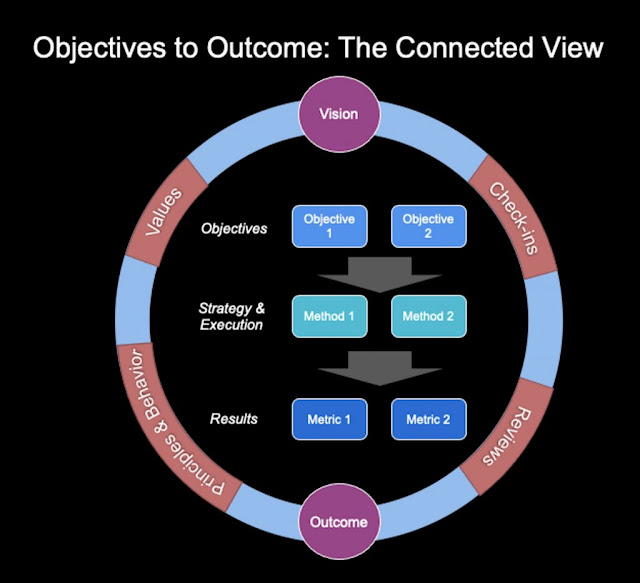Wi-Fi 6E is here and the worldwide Wi-Fi community is buzzing about it. But why is it a major change? What does it mean for people’s Wi-Fi experience and infrastructure vendors like Cisco? And why are Cisco engineers excited about the opportunities for innovation? Read on to learn about the details of 6E and how this technology transition can enhance your career too.
Wi-Fi 6E is More Than Just “A Bit More Spectrum”
At its heart, Wi-Fi 6E extends Wi-Fi to the 6 GHz band of the wireless spectrum. This may not sound very impressive if you know that Wi-Fi currently uses many other bands. Regulatory bodies, like the FCC in the US and ETSI in the European community, allocate to each radio technology the right to transmit in segments of the spectrum and specify the allowed transmission characteristics, such as maximum power or the shape and size of the signal. For example:
◉ In the 2.4 GHz band, Wi-Fi is allowed over a bit more of the 80 MHz of spectrum, with typically up to 3 channels, each 20 MHz-wide.
◉ In the 5 GHz band, Wi-Fi is allowed over up to 500 MHz of spectrum, which enables 25 20-MHz-wide channels. These channels can be configured to be larger, 40 or 80 MHz, at the cost of a lower count of possible non-overlapping channels—12 and 6 for 40 and 80 MHz respectively.
Larger channels are often preferred because they enable the concurrent transmission of more data—much like a larger water pipe carries more water by unit of time—resulting in higher capacity and a better experience for bandwidth-intensive applications like video and AR/VR.
However, even with these options, two neighboring Wi-Fi access points (APs) should not be on overlapping channels because their signals will collide unless one AP waits for the other to finish transmitting before commencing its own transmission. This issue reduces the performance of the overall system. In dense environments—like university lecture halls or enterprise conference rooms—there is always a difficult negotiation to be made between the need for more APs to accommodate more people and their devices by allocating them across many networking pipes, and the need to maximize the size of each AP channel which, in turn, limits the number of APs that can be in the range of each other.
In the US FCC domain, Wi-Fi 6E adds 1200 MHz of new spectrum, creating 59 20-MHz-wide channels, more than tripling the number of channels available. This is great news for any Wi-Fi-dense deployment.
Even in domains where the new allocation is narrower—for example, in Europe with the ETSI domain currently planning to allocate 500 MHz—the number of channels available to Wi-Fi doubles. This means that any place that had 40 MHz channels will soon be able to switch to 80 MHz channels, doubling the capacity and enabling a 1080P video to be upscaled to 4K while maintaining the same experience.
New Band, New Rules
The 6 GHz band was of course not waiting for someone to need it. The 6 GHz space is in fact composed of 4 sub-bands, defined as U-NII 5 to U-NII 8 in the US. All of them are already actively in use by fixed, outdoor devices such as ground-to-space satellite services and point-to-point microwave links. U-NII6 and U-NII 8 are also used by mobile devices—think cable television field trucks sending video back to the main station. Wi-Fi will need to share these spectrum spaces and avoid disrupting the incumbents. For this reason, the rules for Wi-Fi devices depend on the sub-band where they operate.


























